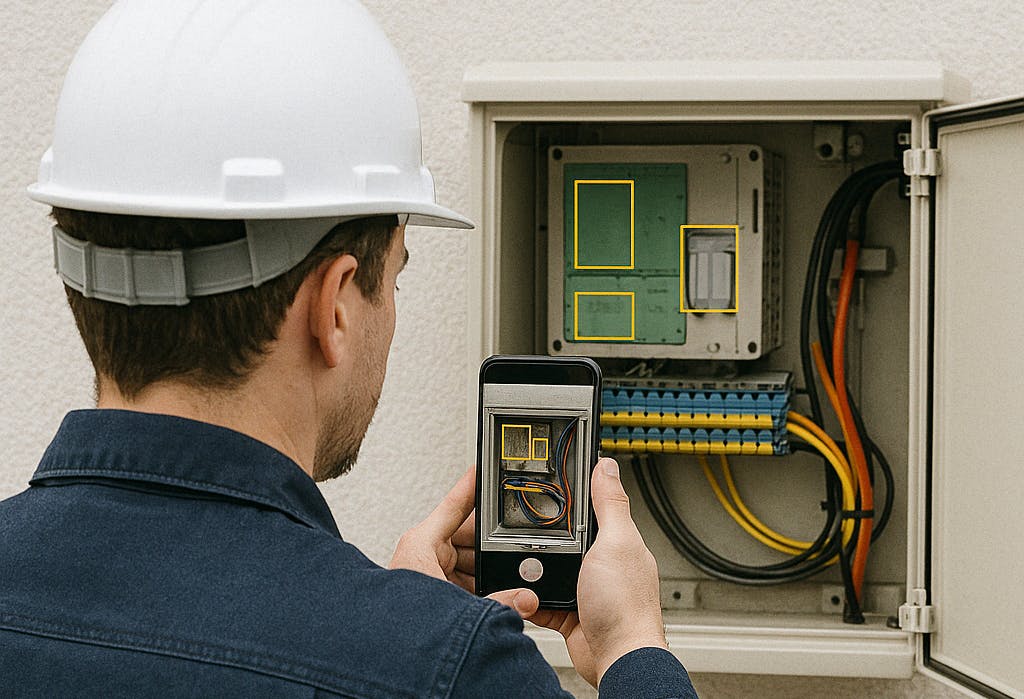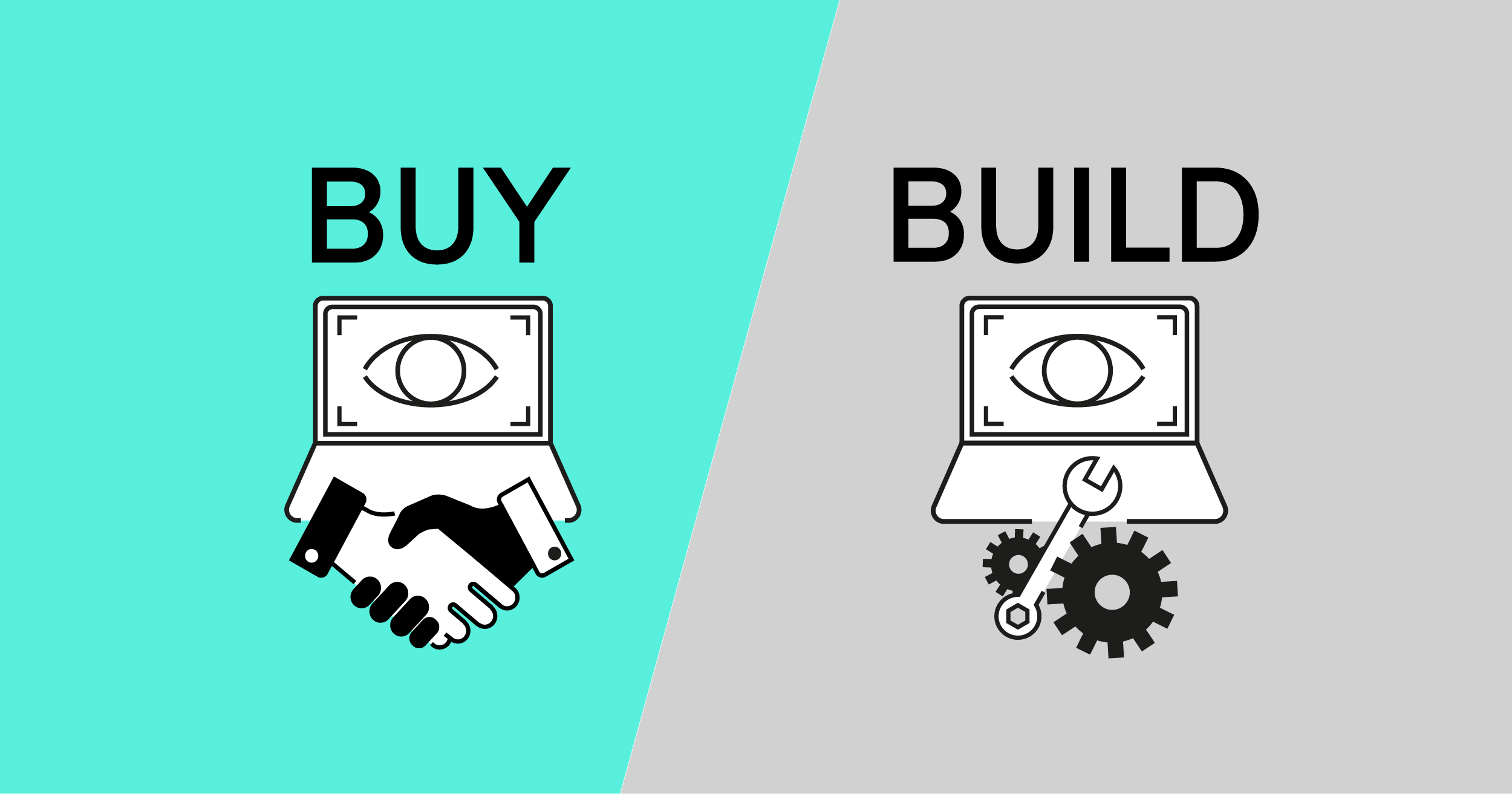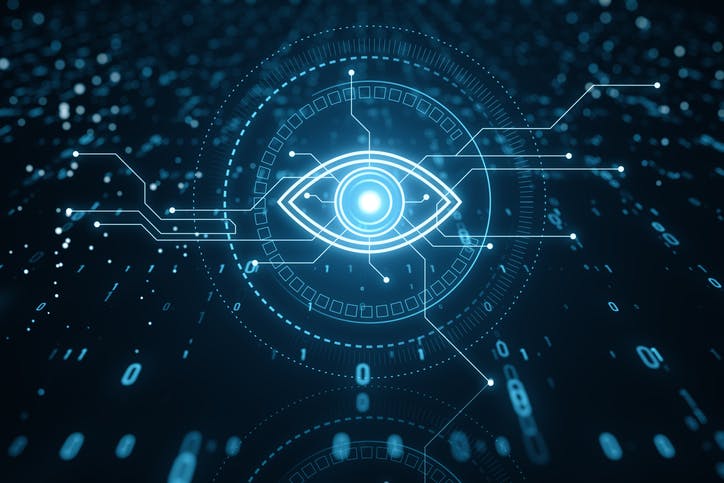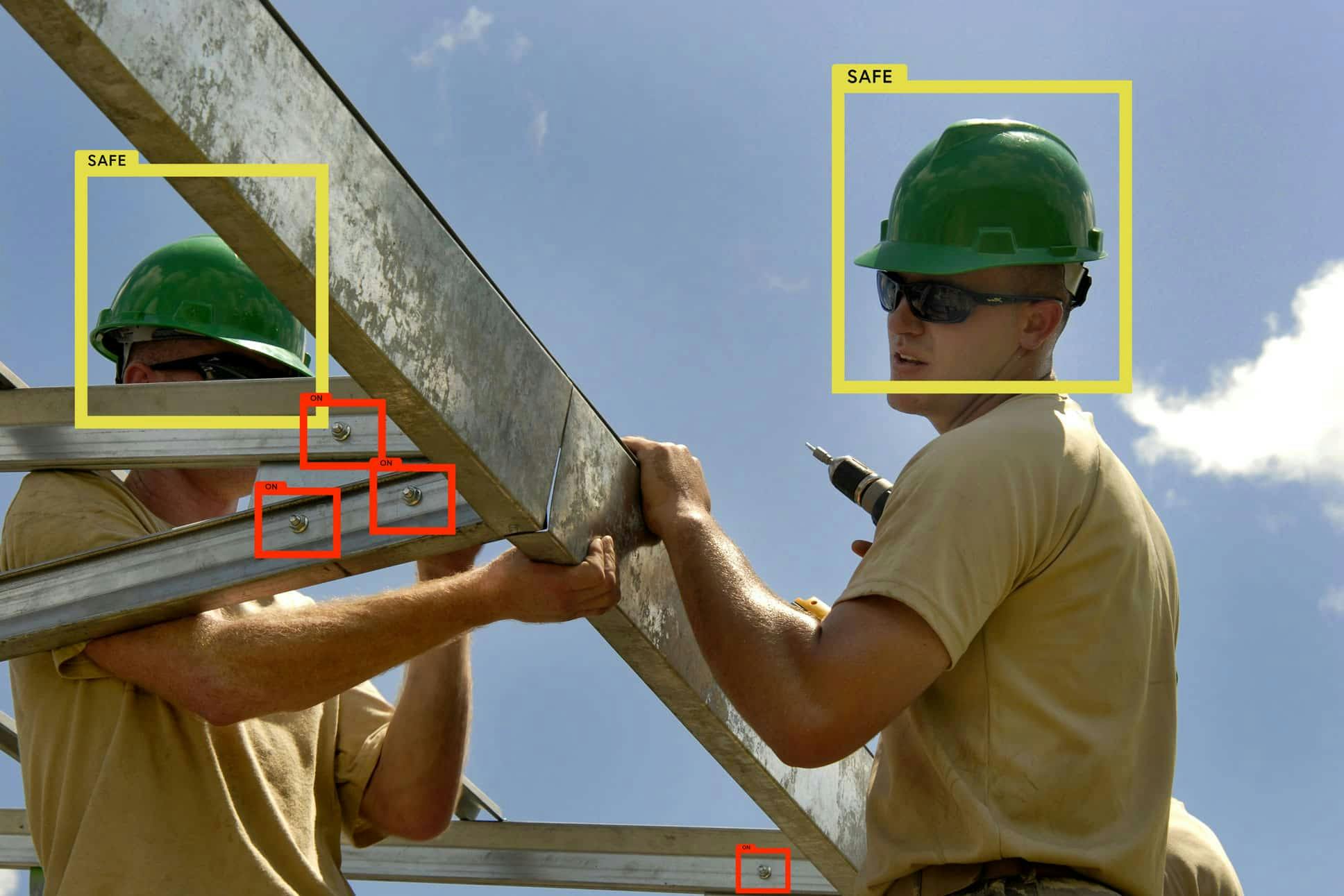Image recognition technology has become a cornerstone of innovation across multiple industries and especially for those that are responsible for deploying linear infrastructures like telecom networks and utility grids. As these industries strive to improve operational efficiency, reduce errors, and scale services, many software vendors have developed image recognition platforms tailored specifically to their needs. Whether it's monitoring fieldwork or offering real-time remote support, these tools are transforming how telecom and utility companies operate on the ground.
To help operators navigate this growing ecosystem, this article highlights some of the best image recognition software available today ; each offering distinct capabilities that can support better decision-making, ensure compliance, and enhance service quality across the board.

Image Recognition Software for Automated Quality Control
Among the most powerful uses of image recognition software in telecom and utilities is the ability to automatically validate the quality of field work. These platforms analyze photos taken by field agents to determine if installations, maintenance, or activations have been carried out correctly. This drastically reduces the need for site revisits and supports more consistent quality assurance.
Deepomatic is a leader in this space, offering Visual AI designed to verify in real time the work performed by field crews. Its technology is widely used during the rollout of telecom networks and energy infrastructure, ensuring proper installation of critical assets such as distribution points, antennas, and cabinets. Deepomatic's software provides online and offline photo analysis, an essential feature for operations that often occur in remote or hard-to-reach areas. It detects installation errors, missing components, and provides immediate feedback to technicians. The platform automatically generates job reports and supports supervisors with detailed dashboards to monitor quality. Another key benefit of Deepomatic’s Visual AI is its capacity to document telecom networks and energy grids. It detects which type of assets and materials are actually installed or used to build the infrastructure, reads equipment labels and recognizes asset references through OCR. When field workers take photos with measuring tapes, the software can estimate dimensions such as trench depth and width. The visual analysis of photos of fiber or electricity cabinets enables the software to provide asset inventory levels - like how many ports are connected or free - to keep the system of record up to date and aligned with the field. Deepomatic’s image recognition software integrates seamlessly with geospatial management platforms like IQGeo, making it a highly effective solution for building and maintaining accurate infrastructure databases. Its Visual AI is trusted by over 20 major clients, including SFR, Vodafone, CityFibre, Liberty Global, and Solutions30.
Another player in automated quality control is Inveniam. Its Visual Automation platform is primarily used by wholesale telecom carriers in France to conduct asynchronous photo validation. It helps operators ensure that work done in the field by contractors and ISPs complies with predefined technical standards. Inveniam is particularly focused on verifying service activation operations in fiber networks. While the platform is more limited in scale -with three major clients in France- it provides reliable post-installation validation through visual comparison tools and quality monitoring dashboards.
Finally, since quality control often goes hand-in-hand with safety, telecom and utility operators can rely on CloseOut's image recognition software to enhance job site safety. The AI analyzes photos submitted by on-site workers and instantly verifies whether key health and safety standards are being met such as wearing helmets, using harnesses, and being properly equipped with ropes when working on antennas.
Image Recognition Software for Remote Supervision
Another growing area of application is remote supervision, where image recognition software combines with augmented reality or video intelligence to guide or review field work from a distance. These tools are particularly useful for reducing travel needs, accelerating troubleshooting, and improving the speed of issue resolution.
TechSee stands out in this category, offering an AR-based remote assistance platform that enables live visual guidance for technicians during asset installations or maintenance. It is also used for customer self-service applications, especially in utilities such as guiding users through meter readings or resolving billing issues. TechSee's system uses object recognition with AR overlays to enhance live video feeds, allowing remote experts to annotate visuals in real time. It integrates easily with CRMs like Salesforce, making it a seamless tool for support teams.
SightCall is another strong solution for remote supervision. Focused on live video collaboration, it supports real-time troubleshooting and visual inspections through AR-enhanced video sessions. SightCall allows users to record sessions with geolocation tagging and automate common support workflows. It provides robust infrastructure for ticketing and service systems, making it ideal for teams that require structured, traceable field interventions.
Vyntelligence, while different in approach, also excels in remote supervision through smart video intelligence. Its platform allows field workers to create structured video reports with contextual prompts, which are then automatically tagged and categorized. The system enables asynchronous review of work, extracting insights and enabling visual search through collected footage. Vyntelligence has gained significant traction in the utilities sector due to its flexibility and lightweight reporting approach.

The range of image recognition software available to telecom and utility operators is expanding rapidly, with each platform offering unique strengths across different operational needs. Whether the goal is to enforce consistent quality in the field, supervise work remotely, or automate the documentation of physical infrastructure, these tools bring speed, accuracy, and scalability to field operations. As the industry continues to digitize, adopting these technologies will be essential to staying competitive, compliant, and cost-effective.
Discover more about Deepomatic’s image recognition software





